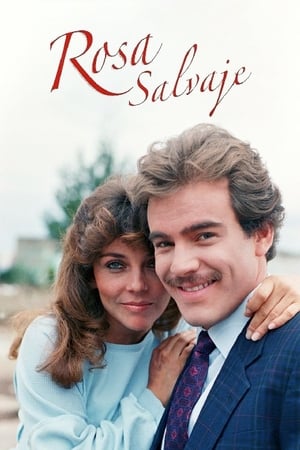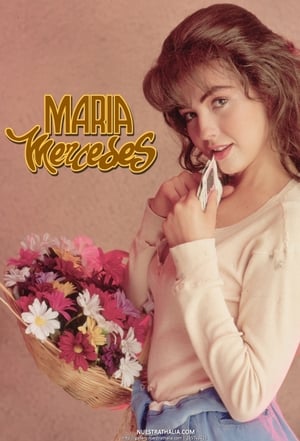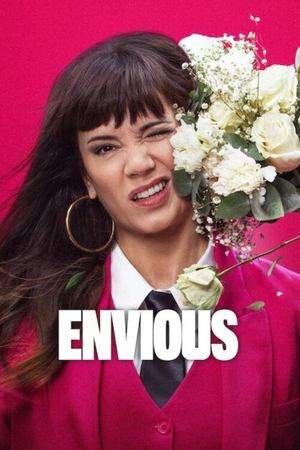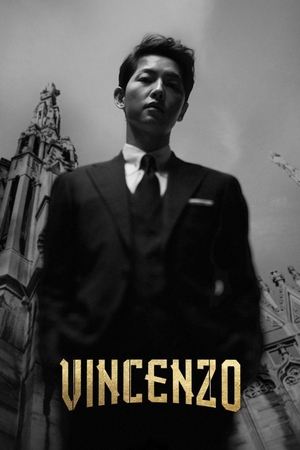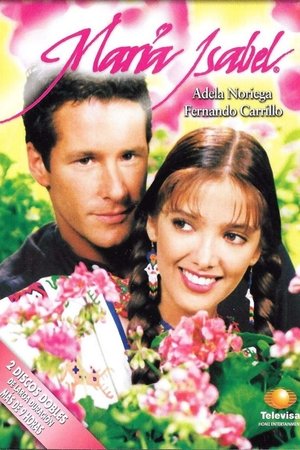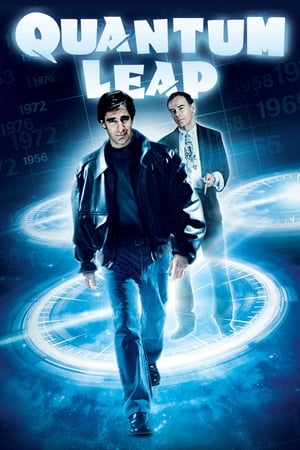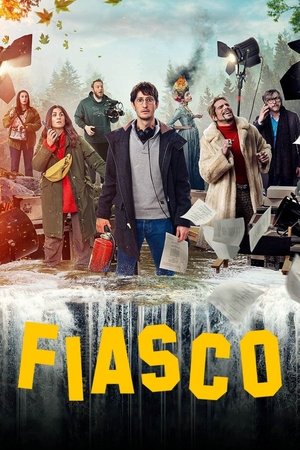1999-06-06
"I am a Genius" shortlists Picasso, Jackson Pollock and Andy Warhol for the "genius" category. Each of them in his own way changed the definition of what Modern art is, says Collings: "With Picasso it was ugliness instead of beauty. With Pollock it was American instead of European. With Warhol it was irony instead of tortured emotion." This is a good example of Collings' clear and pithy style.
1999-06-13
"Shock, Horror" opens with Damien Hirst's vitrines of cut-up cows and goes on to an in-depth and welcome discussion of Goya. On to Francis Bacon and back to the Chapman brothers, Picasso's Guernica, Gilbert & George again, Munch's The Scream, Tracey Emin, Vivienne Westwood, Paul McCarthy, Katherine Hamnett, and Vito Acconci.
1999-06-20
"Lovely, Lovely", examines the idea of beauty: is it still a valid idea in Modern art? Collings goes to town on Matisse, takes a jab at Picasso for parodying one of Matisse's nudes, touches on Mondrian and Morris Louis, lingers a while in America on Jules Olitski and Alex Katz, then on the contemporary Elizabeth Peyton; still in America, goes into some detail on Jean-Michel Basquiat and Jasper Johns; returns to Britain with Chris Offili's paintings decorated with and supported by elephant dung; returns to Matisse, specifically the Vence chapel, and winds up the chapter with four pages on Patrick Heron (about fifty of whose paintings from a retrospective were destroyed in a recent fire in a London storage facility).
1999-06-27
"Nothing Matters" is devoted largely to Minimalism, starting with Martin Creed's roomful of white balloons, followed by Ad Reinhardt's Black paintings; then sculpture by Donald Judd, Carl Andre, Dan Flavin and Robert Morris; all-white paintings by Robert Ryman; Kasimir Malevich's Black Square of 1913, long pre-dating Minimalism proper; Mark Rothko; Yves Klein; and so on.
1999-07-04
"Hollow Laughter" is all about Modern art jokes. This should be pretty interesting but it turns out that a lot of the "jokes" are based on text. One artist (Richard Prince) actually built a career out of copying jokes from joke books onto, first, pieces of paper, and then more elaborately onto canvas when the initial venture proved successful. Another (Piero Manzoni) did well financially by putting 30 grams of his own faeces in cans, and labelling and signing them. Sarah Lucas turns up again here with a wax finger on a plinth. Fluxus, Andre Breton, George Maciunas, Guy Debord. Yawn. Sigh. Duchamp reappears, this time showing that "blankness, indifference and contempt" can win out in the end. Sean Landers and Magritte are mentioned. Martin Kippenberger gets about eight pages. Und so weiter. (I don't know what that means. An elderly German man says it in a novel by Willa Cather and it sounds nice.) The chapter ends with four more pages of Richard Prince's so-called jokes.
1999-07-11
"The Shock of the Now" begins with a feeling of hope. But by now the author himself has doubts and can no longer totally reassure us that all is well in the Modern art department. Could it be indeed that the Modern art "we" have chosen is vacuous or empty? The chapter has lots about Bruce Nauman, good news if you're a fan; some Julian Schnabel, more of Damien Hirst and Andy Warhol. Look out for an original and insightful take on Picasso's Les Demoiselles d'Avignon. Sigmar Polke is mentioned because he's big in America; Salvador Dali appears again with some details of his over-the-top scandalous lifestyle; Peter Davies, who painted various lists (in words) of his top hundred artists; Jeff Koons and his multi-million dollar exhibition-in-progress, Celebration, not completed at the time of going to press; and so on.


